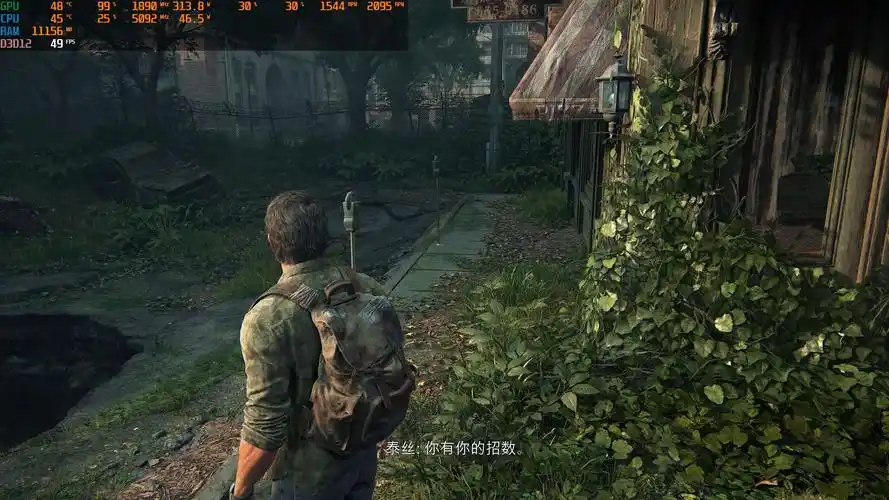Roblox - Simulator Games: Progression Speed - A Review
Introduction
Roblox, a platform known for its diverse range of user-generated games, has seen a surge in popularity for simulator games. These games often revolve around progression mechanics—players start from scratch and gradually unlock upgrades, abilities, or new areas. However, one critical aspect that defines player satisfaction is progression speed. This review will analyze how different Roblox simulator games handle progression, whether they strike the right balance, and what makes some games more engaging than others.
What Are Simulator Games in Roblox?
Simulator games in Roblox are a subgenre where players perform repetitive tasks to earn in-game currency, which is then used to purchase upgrades or unlock new features. Common themes include:

- Clicking Simulators (e.g., Pet Simulator X)
- Tycoon Simulators (e.g., Theme Park Tycoon 2)
- Farming Simulators (e.g., Farmville Simulator)
- Adventure Simulators (e.g., Bee Swarm Simulator)
The core appeal lies in the sense of progression—players enjoy watching their efforts translate into tangible rewards.
The Importance of Progression Speed
Progression speed determines how quickly players advance through the game. If progression is too slow, players may lose interest. If it's too fast, the game may feel shallow. Key factors include:
1. Early-Game vs. Late-Game Balance
- Many simulators offer fast early-game progression to hook players but slow down later to extend playtime.
- Example: Pet Simulator X gives quick initial upgrades but requires grinding for rare pets later.
2. Reward Frequency
- Frequent small rewards (e.g., coins per click) feel satisfying.
- Infrequent large rewards (e.g., rare item drops) create anticipation but can frustrate if too rare.
3. Pay-to-Progress Mechanics
- Some games offer microtransactions (Robux purchases) to speed up progress.
- While profitable, this can alienate free-to-play users if the gap becomes too wide.
Case Studies: Popular Roblox Simulators
1. Pet Simulator X
- Progression Speed: Fast early, slows significantly in later zones.
- Pros: Frequent updates, engaging pet collection mechanics.
- Cons: Heavy reliance on luck (egg hatches) and microtransactions.
2. Bee Swarm Simulator
- Progression Speed: Gradual but steady.
- Pros: Well-balanced, encourages strategy over mindless grinding.
- Cons: Late-game requires extreme patience.
3. Mining Simulator 2
- Progression Speed: Exponential—early mining is slow, but upgrades drastically speed up progress.
- Pros: Satisfying power curve.
- Cons: Can feel repetitive without new mechanics.
Player Retention & Psychological Factors
Developers use psychological tricks to keep players engaged:
- Variable Reward Schedules (randomized rewards increase addiction).
- Prestige Systems (resetting progress for permanent boosts).
- Social Competition (leaderboards, trading).
However, if progression feels too manipulative, players may quit out of frustration.
How Developers Can Improve Progression Speed
- Dynamic Scaling – Adjust difficulty based on player activity.
- Milestone Rewards – Guaranteed rewards after set tasks.
- Alternative Progression Paths – Let players choose different upgrade routes.
Conclusion
Progression speed is a make-or-break factor in Roblox simulator games. The best titles strike a balance between grind and reward, keeping players engaged without feeling exploited. While microtransactions help developers monetize, fair progression is key to long-term success.
What’s your favorite Roblox simulator? Do you prefer fast or slow progression? Let us know in the comments!
Tags: #Roblox #SimulatorGames #GameDesign #ProgressionSpeed #GamingReview #PetSimulatorX #BeeSwarmSimulator #MiningSimulator2 #RobloxGames













